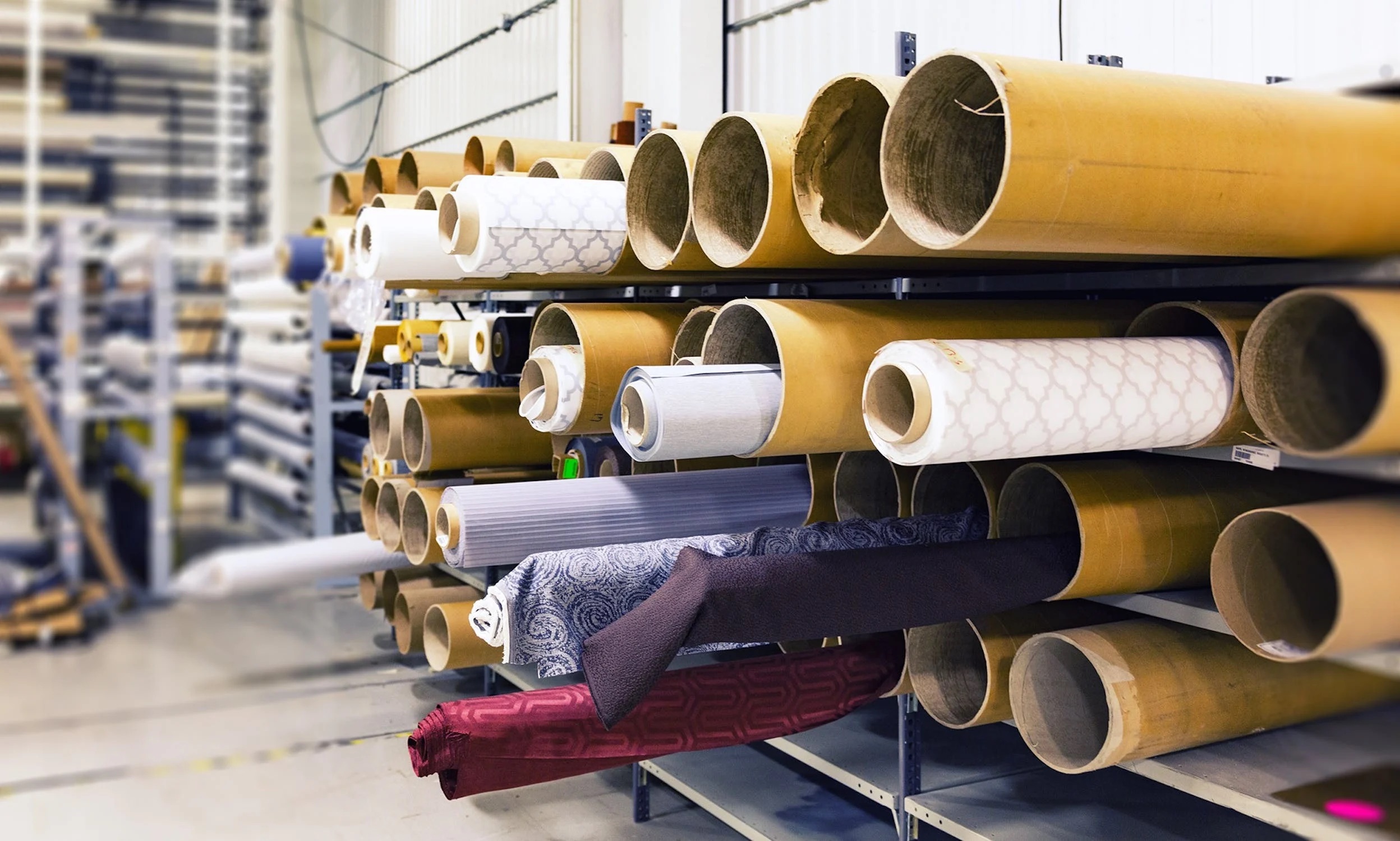
Textiles and clothing are a vital part of our lives, and the manufacturing process has come a long way over the years. In the past, everything was done by hand – from weaving fabrics to sewing garments. But today, technology is revolutionizing the textile and clothing making process, making it faster, more efficient, and more cost-effective. The use of automation, robotics, and artificial intelligence (AI) is creating a new generation of textile factories, and the results have been remarkable. In this blog post, you’ll learn more about some of the ways that technology is shaping the textile and clothing industry.
The current market trends in the textiles and clothing industry are largely driven by advancements in technology. One prominent trend is the rise of smart textiles, materials that have been engineered to interact with their surroundings. These can range from fabrics that change color with temperature to garments equipped with sensors that monitor vital signs. Another trend is the increased use of AI in design and production, allowing for greater customization and faster turnaround times. Sustainability is also a significant trend, with more manufacturers turning to eco-friendly materials and processes in response to consumer demand. 3D printing, while still in its infancy in textile production, is showing great promise, allowing for greater customization and speed in the future. These trends are not only changing the way textiles and clothes are made but are also opening up new avenues for innovation and growth in the industry.
Here’s more about the impact technology is having on textiles and clothing.
Automation
Automation has enabled textile manufacturers to produce more fabrics with less labor, resulting in faster production times and lower costs. Automated looms replaced the traditional hand-operated models in the 19th century, but the latest technology now allows machines to operate at even faster speeds. This way, factories can produce more fabrics and garments than ever before.
One of the benefits of automation is that it’s highly customizable. Manufacturers can adjust the machines to produce a wide range of fabrics with different colors, patterns, and thicknesses. The machines are also designed to detect and fix errors, such as skipping stitches or broken threads, which results in a higher quality final product. Automation has made it easier for textile factories to meet consumer demand for fast fashion while keeping prices low.
High Performing Machinery
The advancement in machinery within the textile industry has been monumental. Servo motors, drives and controllers, such as Rexroth Indramat PPC Servo Controllers, are among the components leading this revolution. Servo systems are highly efficient and precise, offering superior control over speed, position, and torque. They allow machinery to work at high speeds when needed, and slow down for intricate tasks – providing a perfect balance between speed and precision. Servo controllers bring an added level of precision to production, reducing error and ensuring perfect outputs.
Moreover, these factors drastically improve energy efficiency, making the machinery more economical in the long run. The use of such advancements not only increases productivity but also ensures the production of high-quality materials. Using servo motors and drives means technology continues to transform the textile and clothing manufacturing industry, making it more robust and efficient than ever before.
Robotics
The use of robotics is another significant development in the textile industry. Robots can do tasks that are too dangerous or physically demanding for humans, such as lifting heavy loads and handling chemicals. Industrial robots can also pick and place fabrics and garments accurately, reducing the risk of errors and waste.
Robotic sewing machines are also becoming more common in the clothing industry. These machines can sew stitches that are as precise as a human, but much faster. The machines can operate continuously without a break, meaning they can sew 24/7, increasing production output and reducing labor costs.
Artificial Intelligence (AI)
Artificial Intelligence (AI) is making waves in virtually every industry, and textiles and clothing are no exception. AI algorithms are designed to optimize the manufacturing process, reducing waste, and improving efficiency. For example, AI-powered software can help factories optimize cutting patterns to reduce fabric waste, thereby saving money on materials.
Moreover, AI can also be used to predict demand and inform production schedules to avoid shortages or overproduction. AI algorithms can process vast amounts of data, allowing factories to identify emerging trends and respond proactively.
3D Printing
Another technology that is transforming the textile and clothing industry is 3D printing. 3D printing has been around for some time, but it’s only recently that the technology has been applied to textiles and clothing. 3D printing allows manufacturers to create custom fabrics and garments that are tailored to an individual’s shape and size. This technology is particularly useful in creating customized orthotic clothing for individuals with disabilities.
Design Software
The use of design software is another way that technology is transforming the textile and clothing industry. Designers can now create complex patterns, textures, and shapes with ease using computer-aided design (CAD) tools. This eliminates the need for manual drawing, saving time and money in the production process. Moreover, CAD tools allow designers to view their creations in 3D, helping them spot errors before they reach the factory floor.
Virtual and Global Customer Reach
Technology is enabling textile and clothing manufacturers to reach more customers than ever before. Online stores have made it easier for people to shop around the world, and digital marketing tools allow businesses to target potential customers in new markets without spending a fortune on advertising. Moreover, online platforms enable buyers and sellers from different countries to connect with one another, making global trade easier.
Technology is transforming the textile and clothing industry, and the results have been remarkable. Automation, robotics, AI, and 3D printing are making it easier and more cost-effective to produce textiles and clothing, while allowing manufacturers to customize products to meet individual needs. Thanks to technology, textile and clothing companies can now produce high quality products at a fraction of the cost and time required by traditional methods.